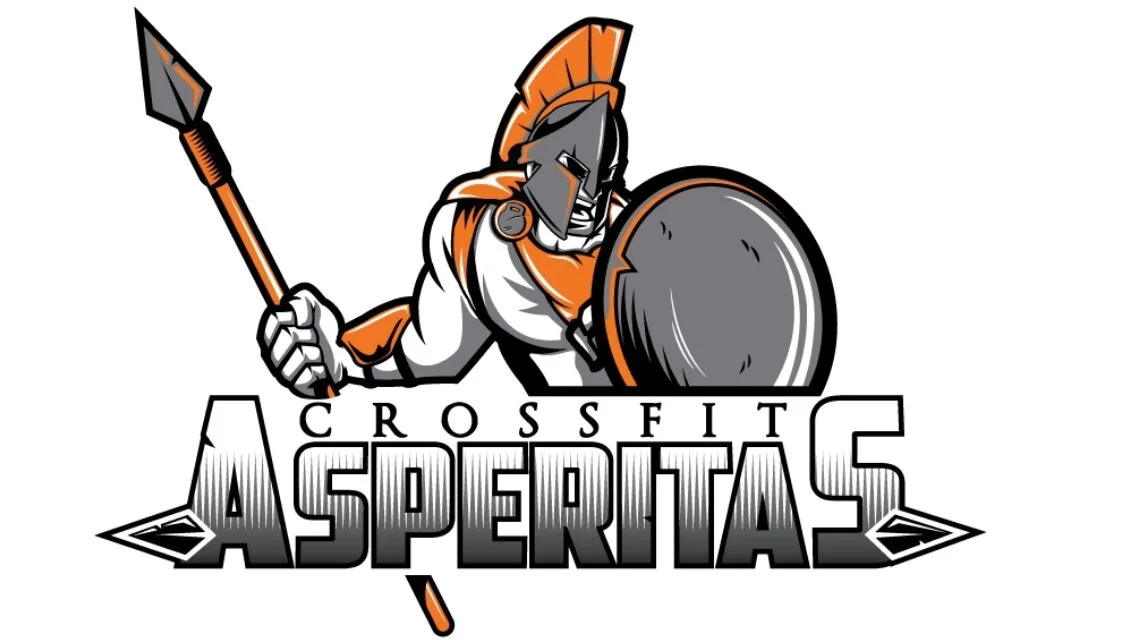Without a doubt, one of the hardest things to tell someone that’s seeking improved performance and body composition is that fruit should not make up the bulk of the carbohydrates in your diet. Hold on though – I am in NO WAY implying you shouldn’t eat fruit. It’s just not the easiest, most efficient way to fuel your body. One last tme; FRUIT IS GOOD. EAT PLENTY OF IT!
As valuable source of vitamins, minerals and fiber, fruits have definitely got their place in a balanced approach to nutrition. As I mentioned in the first paragraph of this section, you’d have to eat a lot (and I mean a lot) of fruit to satisfy your carbohydrate/calorie requirements after training; it’s just not optimal (or in some cases, feasible) to rely upon fruit as an energy source. Thankfully, there are other natural sources of carbohydrate available that are positively brimming with glucose as well as important micronutrients.
Starch is a glucose polymer found in most plants that is chemically similar to our endogenous glycogen; it’s literally just a long chain of glucose molecules bonded together. Although humans have a tough time digesting the stuff raw, cooking breaks it down into pure glucose ready for utilization as a substrate to produce cellular energy throughout your body. Of course, whatever you don’t use can be stored, preferably in your biceps, quadriceps or abdominals. While some of the most widely-consumed sources of starch (and thus glucose) are grains, like corn, wheat and rye, plentyof Paleo-friendly alternatives exist if that’s your thing. At the forefront, we have good ol’ fashioned tubers, like potatoes and carrots, as well as rice (preferably white), but let us not forget chestnuts and acorns that are rich in starchy energy.
Squash, peppers, zucchini and cauliflower round everything out and give you a wide palette of flavors to choose from. Now, it is completely up to you whether you munch on sweet potatoes instead of white potatoes, or white rice over brown rice. It’s worth considering however that the fiber content of potato skin, as well as the germ of brown rice, can slow digestion. It’s not that big of a big deal. Most people don’t need to think about the rate of absorption and how it’s affected by added fiber, but it’s potentially disadvantageous in situations where we need to shoot for quick glucose uptake (like when you train twice a day). The most important take-away here is that you need dietary glucose to effectively replenish muscle glycogen.
If you’re really looking to optimize your carbohydrate strategy, you can take things a step further and get into supplementation through a few different means.
Summary
- For a time, carbohydrates have been demonized, but they’re a great source of energy and an integral part of any nutrition plan that’s aimed at keeping performance at peak (or improving it).
- Fruits are not necessarily the best choice as an energy source – it’s just not dense enough.
- Still, fruits are packed with vitamins and minerals and are absolutely a part of a great nutrition plan.
- Starches are your best friend. Rice, potatoes, ripe bananas and oats are additions you might consider. Make sure that you eat plenty of these in the evening to replenish muscle glycogen.

